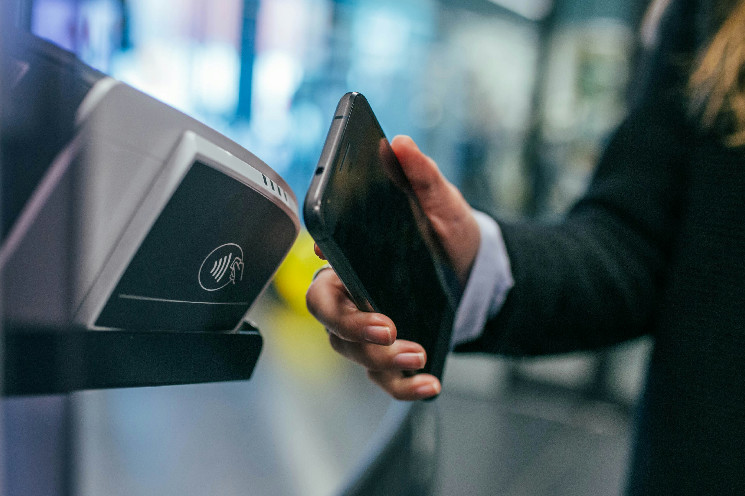Payments are one of the most promising areas for blockchain technology. But I think they are not always well understood, and the discussion sometimes becomes confusing and overly ambitious.
Blockchains could face an uphill battle to replace traditional payment systems, even if they appear relatively competitive at the moment. On the other hand, I think many people ignore the areas of greatest opportunity because they don’t look at the actual transaction costs.
Paul Brody is EY’s global blockchain leader and a columnist for CoinDesk.
A persistent myth is that old technologies, such as mainframes, drive up the costs of payments. In fact, centralized payment systems are extremely efficient. Indeed, it seems unlikely that decentralized systems will ever be more efficient, because a lot of data is copied and verified. Decentralized systems become more efficient at this, but they are chasing a moving target.
Centralized systems do not sit idle, but usually offer somewhat limited functionality. It usually involves transferring money and often involves little complex business logic support. Centralized systems work very well when payment goes one way. Point-of-sale systems, personal payments and repetitive long-term payments, such as payroll or mortgages, work very well in this context.
The real causes of high costs in traditional payments are often complex regulatory requirements or a lack of competition. This can lead people to confuse cost and price or make a comparison that is not really an apples-to-apples comparison.
It can be misleading to compare a highly regulated system with one that is in a gray area. Many cryptocurrency-based money transfer applications implement little or no know-your-customer and anti-money laundering checks, which are expensive and difficult to implement. This is a cost advantage that is unlikely to last.
A low level of competition is another major cause of high payment costs. This applies to both business payments and consumer-to-consumer payments. There are only a few major global payment networks, although competition in this area is increasing. On the consumer side, retail networks are the biggest cost driver.
Payments between consumers who already have a smartphone and a bank account cost relatively little, but the most expensive payments are payments between people who do not have a bank account. These rely on physical retail networks that accept cash, and only a few companies have built these.
A low level of competition represents a great opportunity for crypto payment companies to enter markets with higher functionality and lower prices. Personally, I believe that the consumer side is the most difficult, because the highest prices are well defended by retail networks that have taken many years to build. On the more competitive side, however, specialized networks like Lightning for bitcoin can level the field. They may not be as completely decentralized as the main network, but they represent very low costs and speed. Similar layers 2 that specialize in low-cost transactions are also taking shape in the Ethereum ecosystem.
On the business side
On the business side, blockchains can reduce costs and build sustainable advantage through differentiated technology. While it is true that mainnet transaction fees in Ethereum are higher, the addition of smart contract functionality changes the equation completely.
Companies make payments to each other, usually as part of a complex agreement. This usually means not only verifying receipt of goods or services, but also adhering to agreed terms. The American Productivity and Quality Center (APQC) estimates that on average it costs a large company about $100 to perform this process. Those costs consist mainly of human labor.
In this context, the actual payment costs are <10% of the total and the remaining 90% can be addressed using smart contracts.
Smart contracts automate the process of checking for compliance with terms and conditions and the result is faster execution at a fraction of the cost. While the actual payment, which is made on-chain, may technically be a bit higher, the overall cost of running the business process is much lower. Practical experience at EY shows a 40% cost reduction, and we expect this to go further as our skills in this area improve.
The biggest obstacles to making this process work on-chain are the lack of built-in privacy and data integration of enterprise systems. Smart contracts and payments without privacy reveal too much sensitive data that most companies cannot be interested in. Now that these issues can be addressed using Zero Knowledge proofs (ZKPs) and circuits, the path is clearer. It will still require companies to connect business systems to smart contracts in the chain, but this is an easier requirement to implement in most cases.
Right now, the kind of fully digital end-to-end systems that enable smart contracts are the domain of the world’s largest companies. With scale and deep pockets, large companies have built integrated systems without blockchains. However, because they are highly customized and built on private systems, they are too expensive and complex for most smaller businesses to manage. As access to blockchain spreads through the business world, we will see more than just efficiency; we will see a more level playing field between small businesses and large corporations.

